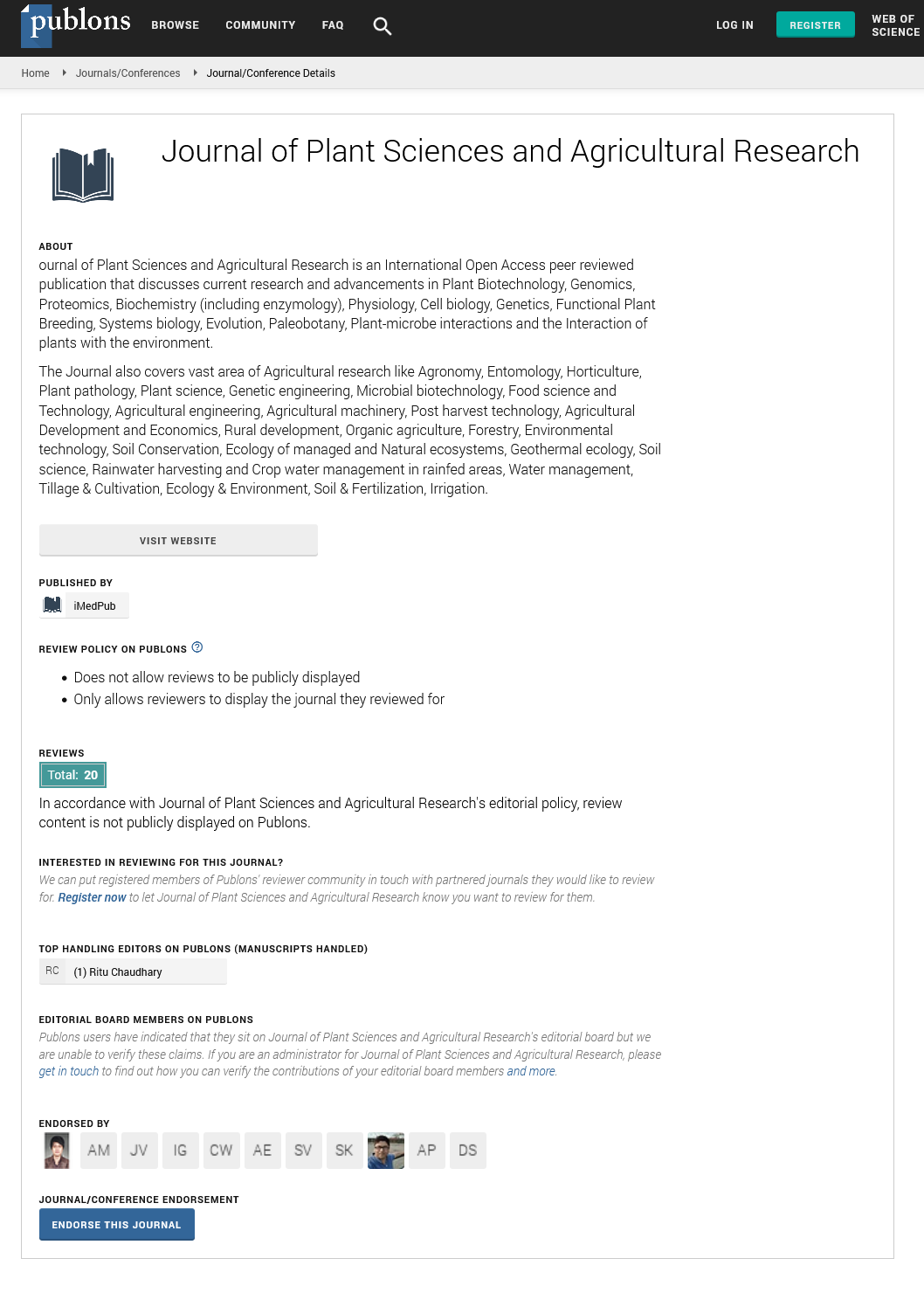Abstract
Evaluation of salinity levels on the early growth of wild rice (Oryza coarctata .l)
Oryza coaretata, a highly salt-resistant wild rice species commonly found on the coastal areas in India. The magically salt tolerance level of the species can be grown on saline water having EC level 20-40 dSm-I submergence for quite a long period. It was revealed that Oryza coaretata has some special unicellular salt hairs (trichomes) on the adaxial surface of the leaves. Sodium and chloride were the dominant ions in the excreted material. The most critical stage in seedling establishment is usually considered as seed germination which consequently determines the successful crop production. Understanding the responses of plants at these stages is particularly important for elucidating the mechanisms of salt resistance or sensitivity in plants and their survival.
Results
In invitro condition the experiment was conducted to evaluate the salt tolerance level of species 08 Treatments were applied with saline water in ppmT1=control(No salt applied), T2= 500ppm, T3=1000ppm, T4=2000ppm, T5=4000ppm, T6=8000ppm, T7=16000ppm, T8=32000ppm, The agronomic data was recorded initially after 15 days and then second after 22 days of sowing. The positive response of wild rice specie towards salt stress was recorded because shoot length of wild rice was goes very well maximum to 8000 ppm.
Author(s): Fozia Naz Memon, Abdul Qudoos Abbasi, Hassan Shah Rashdi, Zeeshan Ahmed Memon, Asma Abro and Sana Memon, Shayan Fatima
Abstract | Full-Text | PDF
Share This Article
Google Scholar citation report
Citations : 135
Journal of Plant Sciences and Agricultural Research peer review process verified at publons
Abstracted/Indexed in
- Google Scholar
- Publons
- Secret Search Engine Labs
Open Access Journals
- Aquaculture & Veterinary Science
- Chemistry & Chemical Sciences
- Clinical Sciences
- Engineering
- General Science
- Genetics & Molecular Biology
- Health Care & Nursing
- Immunology & Microbiology
- Materials Science
- Mathematics & Physics
- Medical Sciences
- Neurology & Psychiatry
- Oncology & Cancer Science
- Pharmaceutical Sciences
